Ethiopian Coffee Bean Story the characteristics and flavor of coffee beans native to Yegashifi and Sidamo
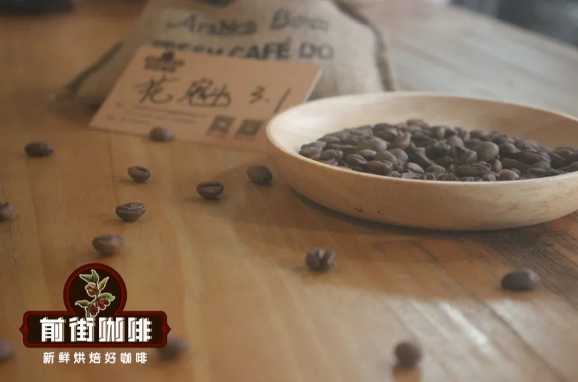
Professional coffee knowledge exchange more coffee bean information please follow the coffee workshop (Wechat official account cafe_style)
Ethiopia is the largest coffee gene bank in the world. As the birthplace of coffee, Ethiopia has nine boutique producing areas with rich coffee varieties. Different coffee producing areas give birth to different coffee flavors. Qianjie Coffee introduces the details of Ethiopian coffee producing areas below.
1. Yega Xuefei boutique producing area
Yejia Xuefei is a famous coffee town in Sidamo, with an elevation of 1700-2100 meters above sea level. The local climate is rainy but not humid, the air is fresh and clean, and the coffee varieties planted are rich in natural flavor. Yejia Xuefei is the representative of boutique coffee in East Africa, which is separated separately because of its unique flavor.
Qianjie Coffee Yega Chuefei Sun Red Cherry
Producing area: Yega Xuefei
Processing plant: Altland
Altitude: 2300m
Variety: native species
Treatment: sun treatment
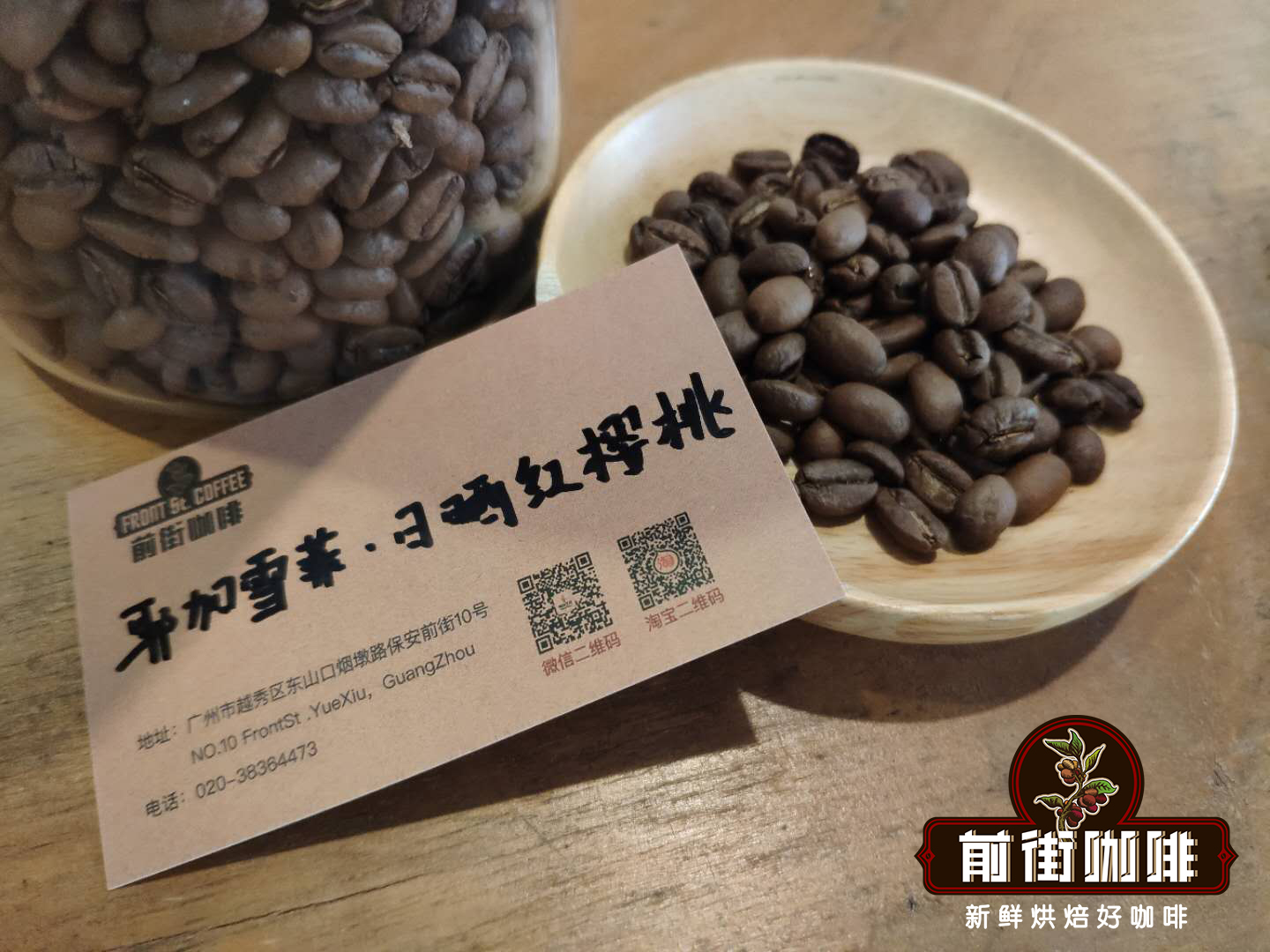
II. Sidamo boutique producing area
Sidamo Sidama production area is located in southern Ethiopia, is an important producing area in southern Ethiopia, planting 1400-2200 meters above sea level, local terrain diversity, microclimate plus rich nutrients, with different soil types, creating a unique coffee flavor, Sidamo coffee flavor is similar to Yega Xuefei, famous for its floral and orange scent.
Qianjie Coffee Sidamo Sakuran 4.0
Producing area: Gujinhambela
Processing plant: Buku Able
Altitude: 2350 m
Variety: Dega
Treatment: sun treatment
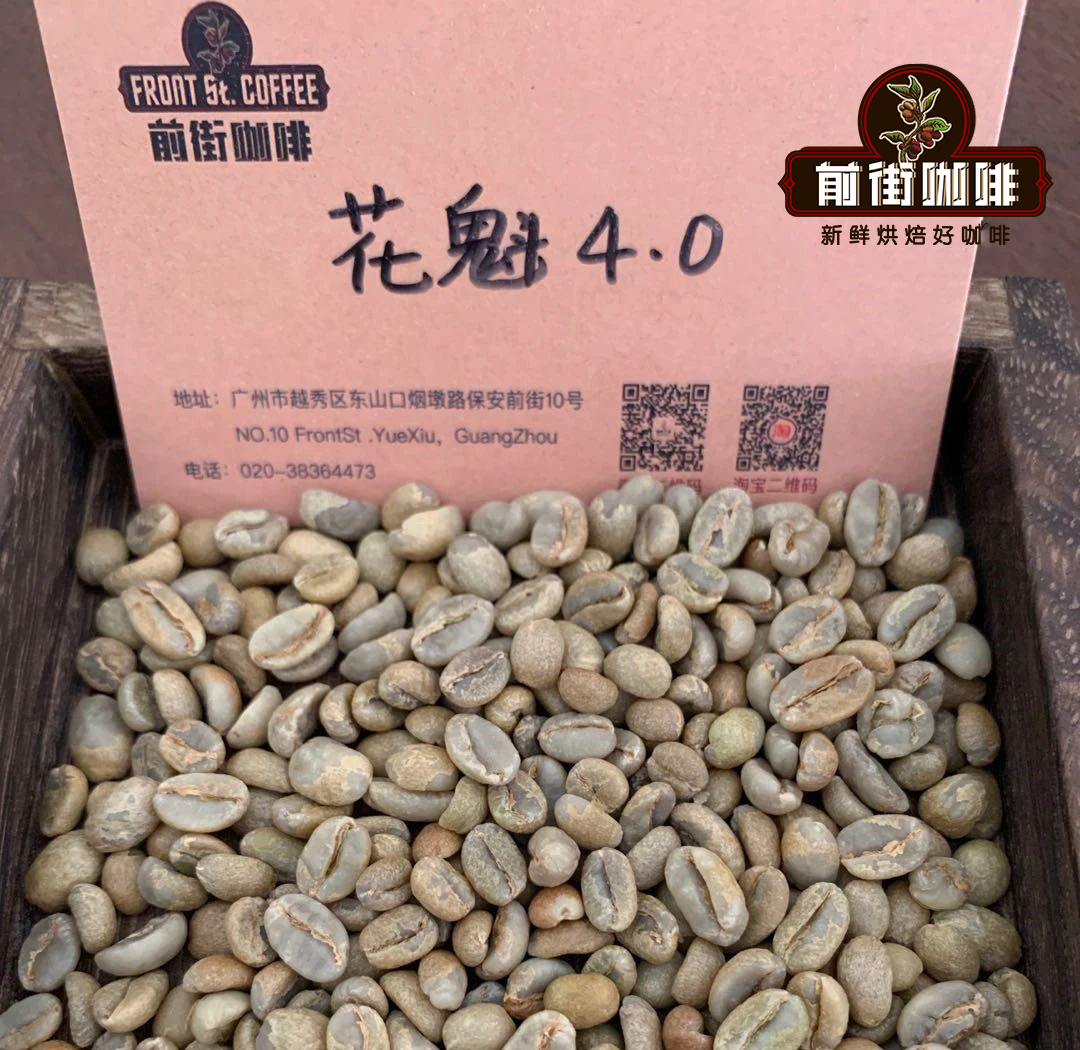
The Guji producing area, which once belonged to the Sidamo producing area, has been independent into a new producing area by the Ethiopian Commodity Exchange (ECX) in 2010. The Guji producing area, located in the southeast of Yejasuffi, is an area with complex topographical changes such as towering mountains, valleys and plains. The geology of this area belongs to the nutrient-rich black soil (Vertisol), the depth of the soil is nearly two meters, and the average elevation is more than 1800 meters. The significant temperature difference between day and night created by geographical characteristics makes the local area have various local conditions for producing high-quality coffee.
It is located in GUJI, the largest coffee producing area in Ethiopia, and the administration is subordinate to the state of Oromia. The west of Hambella is across the mountain from kochore. The two producing areas are separated by highlands with an elevation of 3200 meters and a width of about 30 kilometers, and are connected with the shakiso,Uraga and Kerchaz producing areas of Guji in the east and south, respectively. It is the highest coffee producing area in Ethiopia (Harrar is the main producing area in Ethiopia).
III. Hara boutique producing area
Hara boutique producing area is 1500-2400 meters above sea level, because the local annual rainfall is only 1000 mm, and the climate is mainly hot and dry desert climate, so the method of sun treatment is generally used in the treatment of raw coffee beans. Ethiopian coffee is mostly produced in the west and south, while Hara is a small number of coffee produced in the east. Hala Harrar coffee is considered to be strong coffee, coffee flavor is quite unique, showing a bold taste. With a wild fruity flavor, known for its unique "miscellaneous fragrance", coffee tastes with a slightly pleasant fermented aroma, with a strong aroma of jasmine.
IV. Lim boutique producing areas
Local native species Heirloom coffee varieties are planted in Lim boutique producing areas. Producers: local coffee farmers in Limu producing areas, planting at an altitude of 1850-1900 meters, harvest time from October to February of each year, with less output. It is mainly exported to Europe and the United States. It is one of the most popular coffee in Europe and the United States. Coffee beans are treated in three ways: sun drying, water washing and semi-washing. With aromas of grass, black sugar and sandalwood, coffee is second only to Yega Chuefei in popularity.
5. Jinma bulk commercial bean producing areas
Jinma bulk commercial bean producing area is 1350-1850 meters above sea level, and the coffee flavor is wild sour that cannot be replaced. Sun Jinma coffee has a slightly sour and nutty flavor and a long aftertaste. Although the washed Jinma coffee does not have the orange aroma and flower rhyme of Yega Xuefei, it has a very excellent low acidity coffee, and the taste spectrum is quite clean and clear, similar to the Central American boutique. Commercial-grade boutique Jinma is very common in Taiwan, and luckily you can buy high-quality and inexpensive Jinma, which can drink the fragrance of lemon peel, which is not inferior to that of Sidamo. With an annual output of 70000 tons, Jinma Coffee is the highest coffee bean in Ethiopia, accounting for 1 / 3 of exports. It can be said to be the most common mocha coffee bean in the world.
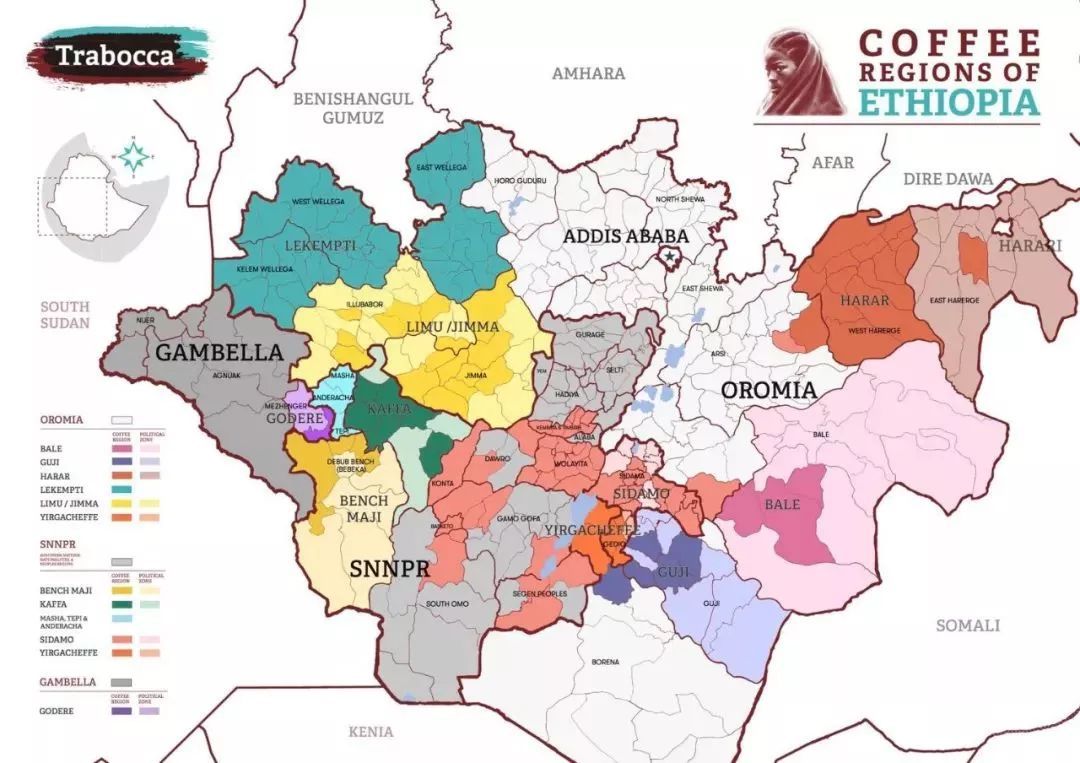
VI. Yilu Baba bulk commercial bean producing area
The bulk commercial bean producing area of Yilu Baba, located in the southwest of Jinbi, is the westernest coffee producing area in Ethiopia. Coffee grows at an altitude of 1350-1850 meters. Coffee in the producing area is seldom sold independently. It is mostly used as formula beans to be transported to Jinma mixed and sold. It is not a high-quality bean. The coffee fruit has low sour taste, good mellow thickness, good viscosity, balanced flavor and good overall cleanliness.
7. Jinbi and Liehchui large commercial bean producing areas
Coffee in Jinbi and Lecheti commercial bean producing areas is planted at an altitude of 1500-1800 meters above sea level. The coffee beans here are similar to Hara's long-bodied beans, usually treated by sunlight and washing, but mainly sun-dried beans, known as "Hara of the poor". Coffee flavor has obvious acidity and fruit flavor, is a common sun-dried beans in the American boutique coffee industry.
8. Tiebi and Bebeca bulk commercial bean producing areas
Tiebi coffee is planted at an altitude of 1000-1900 meters, while Bebeca coffee is planted at an altitude of 1200-1200 meters above sea level. In the west, iron is obviously larger than beans, game is heavier but fruit acidity is lower. The distance between the two producing areas is very close, so there is little difference in coffee flavor between the two places, but there is wild coffee in both places, the yield is not high, and the coffee here is rarely used as a boutique or single bean.
Alternative producing areas on the banks of Lake Tana
The reason why it is called an alternative producing area is that there are no special plantations here, and coffee trees are naturally scattered in forests and countryside, but the annual output is very little, even less than 10 tons, so it cannot be called a producing area. Coffee is planted at an altitude of 1840 meters. Coffee is called the most "divine" coffee in the world.
The best-known coffee producing areas in Ethiopia include: Yegashafi, Sidamo, Lim, and washed Jinma. Coffee flavors are diversified. Those who are interested in Ethiopian boutique coffee beans can pay more attention to Yegashifi, Sidamo, Lim and Hara, whose coffee has strong orange and floral aromas, which is different from Central and South American coffee beans.
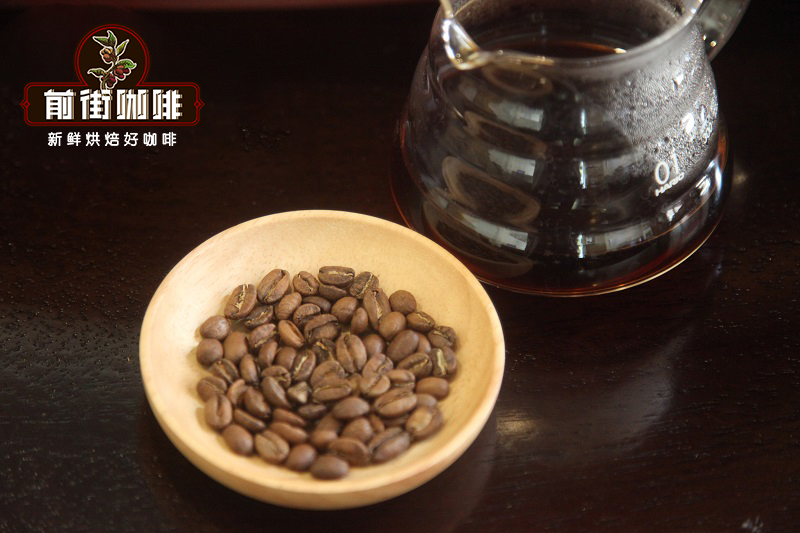
On the whole, the flavor of each producing area has its own characteristics, basically, the beans from West Tiebi, Bebeca, Illu Baba and Tana Lake in the northwest are obviously larger, the game is heavier but the fruit acidity is lower.
On the other hand, the Lim in the middle, Yejasuefei and Sidamo in the middle and south, with rich fruit flavor, flower and sour aroma, are relatively stable in quality.
Hara in the east has both the game of the west and the fruit of the south-central part, but there is a big difference between the good and the bad.
What is Ethiopian native coffee?
Ethiopia is the birthplace of Arabica coffee, there are thousands of natural coffee varieties, 99% of the coffee varieties can be found in Ethiopia. Because there are many varieties, it is difficult to identify and classify them, and the Ethiopian government is unwilling to disclose the information of these varieties because of the protection of natural coffee, so most of the coffee beans exported by Ethiopia are collectively called "Heirloom" native species.
In addition to unifying the classification of native species, Ethiopia also classifies the following varieties. Such as JARC, Dega, Kurume, and so on.
JARC variety
The JARC variety was developed by the Jimma Agricultural Research Center (JARC), one of the Ethiopian Federal Agricultural Research centres, to enhance resistance to pests and increase yield. There are about 40 varieties in it. Among them, 74110, 72112 and 74158 stand out.
74110, 74112 and 74158 were developed in the 1970s by the Jimma Agricultural Research Center (JARC) to fight coffee berry disease (Coffee Berry Disease, "CBD"). These varieties begin with "74", indicating their classification and selection in 1974. The last three digits are the numbers for the experimental coffee.
The 74110 variety was selected from the original "mother tree" in Bishari village, Metu province, Illuababora region, Oromia, in 1974. JARC released the variety in 1979 after studying its resistance to coffee berry disease and its overall yield. 74110 trees are short and compact, with small leaves and fruits. 74110 is also widely cultivated because of its floral and citrus flavor. This variety won the 2nd, 3rd, 8th, 12th, 17th and 27th places in 2020 COE.
The 74112 variety also originated in the Meitu-Al-Bishari (Metu-Bishari) forest and was similarly released in 1979 because of disease resistance and yield-increasing potential. Its trees are also small and compact. The two varieties grow well in a climate similar to that of the original mother tree.
74158 varieties are very similar to 74110, but 74158 is not as widely planted as 74110, mainly in Gera, Jimma and Illuababora areas. Won the 1st, 7th and 11th places in 2020 COE.

Dega
Dega is a local species named after native tree species. The wood of Dega trees gives off a sweet, fragrant aroma when burned with firewood, similar to the roasting smell of coffee. While "dega" means "cool plateau" in Amharic, it also applies to the agro-ecological conditions for the growth of Dega coffee. "Dega" also got a good ranking of 21 in COE.
Kurume
Jiulumi (Kurume) is recognized as one of the local varieties in Yega Xuefei area. Kurume does not refer to a single variety, but a coffee variety formed by a long period of regional climate, soil and other environments in the Yegashafi region. The Kurume tree bears small fruit, high annual yield, rich sweetness and abundant flower fragrance. Kurume is widely cultivated in Guji and Yejasuefi areas. Sometimes, because of the similarity in the appearance of trees, the name of Kurume is applied to the varieties selected by JARC.
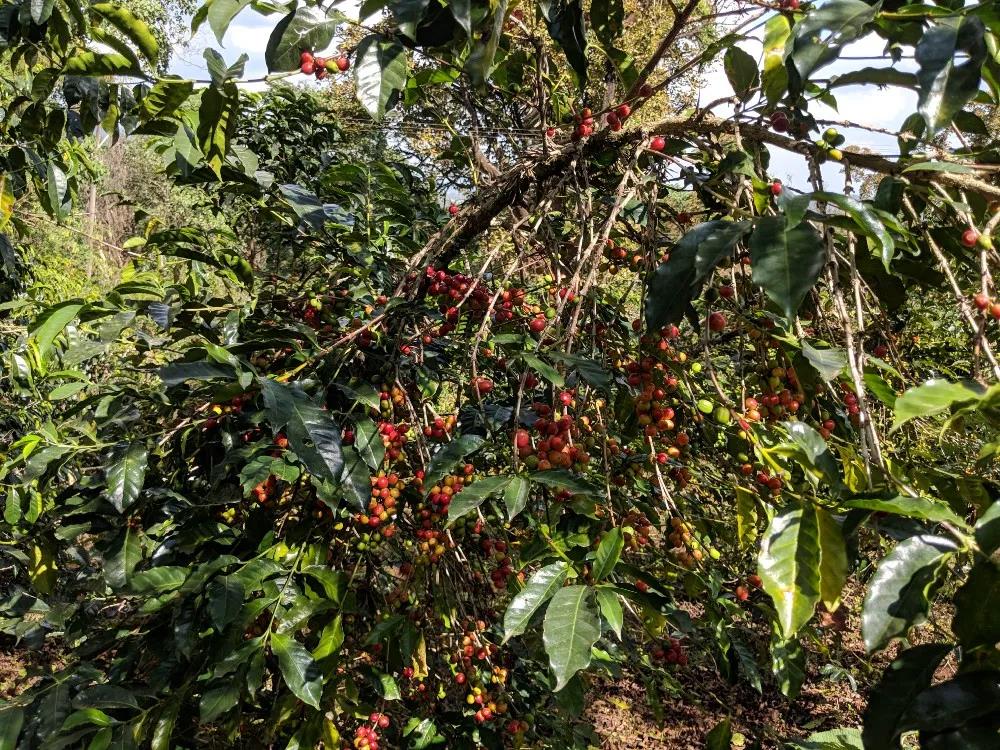
Treatment mode
Ethiopia often uses sun treatment and water washing to treat coffee. The most essential difference between sun treatment and water washing treatment is whether the flavor of coffee beans is affected by the pulp. The washing method is to screen the high-quality fruit, remove the peel and pulp, soak and ferment in the flume, and then dry until the moisture content is about 12%. The rule of sun treatment is to dry directly until the moisture content is about 12%, and then remove the peel and pulp. The two treatment processes, it is clear that the degree of participation of the pulp, washing treatment can better reflect the original flavor of coffee beans, relatively speaking, will be cleaner and brighter, while the rule of sun treatment will increase the aroma and sweetness on the basis of the original flavor.
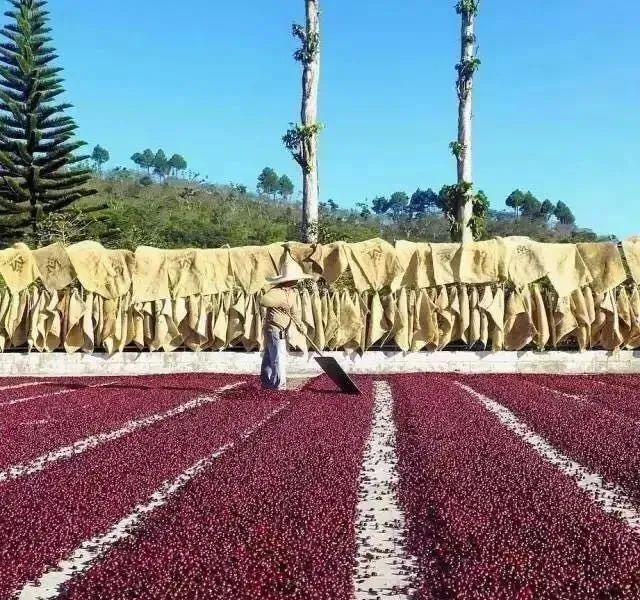
Roasting Analysis of Qianjie Coffee
Essel coffee beans are characterized by rich fruit flavors, taking Sidamo coffee beans as an example. Qianjie Coffee Bean Roaster uses light roasting when baking this Sidamo Sakuran coffee. In order to highlight its gorgeous flavor, and coffee beans are smaller, the heat absorption during the baking process will be larger.
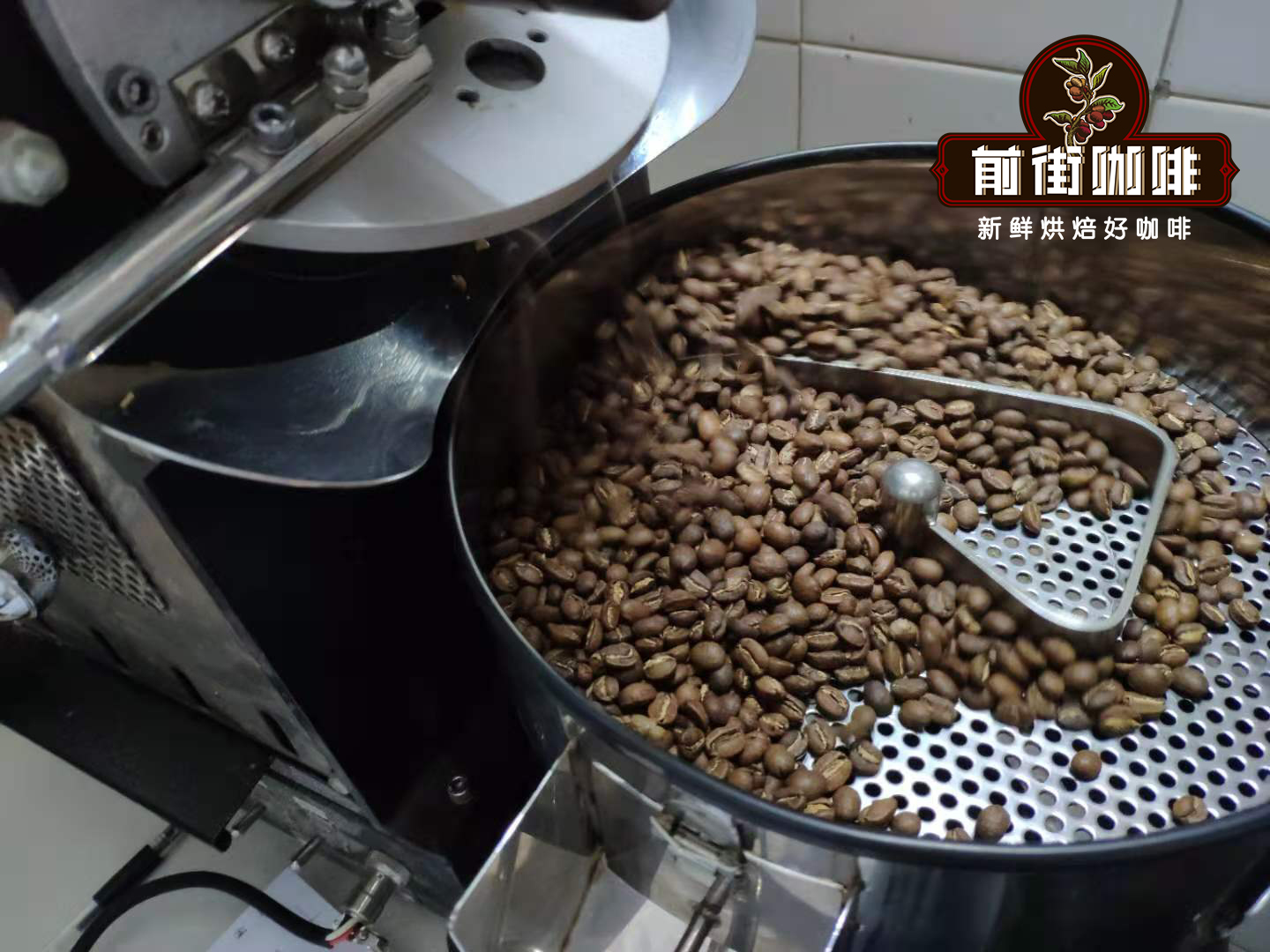
Qianjie coffee uses Yangjia 800N, raw beans 550g. The raw coffee beans are put into the pot when the temperature rises to 200 ℃. After opening the throttle for 3.5 minutes, the firepower is adjusted to 160 ℃, the throttle is unchanged, it is reduced to 140 ℃, and baked to 5: 18 ". The temperature reaches 154 ℃, the bean surface turns yellow, the smell of grass disappears completely, the dehydration is completed, the firepower is adjusted to 105 ℃, and the throttle is opened to 4. In the 8th minute, ugly wrinkles and black markings appeared on the bean table, and the smell of toast obviously changed to the smell of coffee, which can be defined as a prelude to an explosion, which began to explode at 8: 37 ", adjust the firepower to 80 ℃, the throttle was fully opened, and baked at 198.1 ℃.
Suggestion on brewing coffee in Qianjie
In order to fully extract the rich layered sense of Sakuran, the front street uses higher water temperature and finer grinding degree for extraction, but in order to avoid over-extraction caused by high temperature, faster flow rate filter cups such as V60 filter cups will be used. The V60 filter cup is in a 60 °cone shape, and the tapered angle allows the coffee powder to be distributed centrally, and when water is injected, the water can automatically converge to the center of the filter cup to ensure that the contact time between the water and the coffee powder is sufficient, so that the appropriate coffee liquid can be extracted. In addition, the ribs on the inside of the body of the V60 filter cup extend clockwise from the bottom to the top, so that there is enough space between the filter paper and the filter cup, so that the flow of water is good. Coupled with the large holes in the bottom, the flow velocity is relatively faster than that of many filter cups.
The specific cooking parameters used in Qianjie are: V60 filter cup, water temperature 90 ℃, water powder ratio 1:15, powder quantity 15g, grinding degree (China No. 20 standard sieve pass rate 80%)
Segmented extraction is used in the front street, the amount of steaming water is twice that of coffee powder, that is, 30 grams of water is steamed for 30 seconds, the small flow is injected around to 125 grams, and when the water level is about to expose the powder bed, continue to inject water to 225 grams to stop, the whole extraction time (including steaming time) is 2 minutes.
For more boutique coffee beans, please add private Qianjie coffee on Wechat. WeChat account: kaixinguoguo0925
Important Notice :
前街咖啡 FrontStreet Coffee has moved to new addredd:
FrontStreet Coffee Address: 315,Donghua East Road,GuangZhou
Tel:020 38364473
- Prev
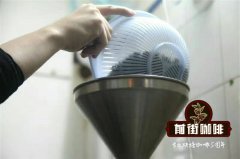
What is the treatment of anaerobic controlled lactic acid fermentation? Columbia Bird Manor Coffee Flavor
Professional coffee knowledge exchange more coffee bean information please follow the coffee workshop (Wechat official account cafe_style) Colombia's three Codiera mountains run north and south, extending into the Andes, local coffee farmers grow coffee along the highlands of these mountains, with diverse climate production conditions; also because of changes in topography and altitude, Colombia's coffee industry
- Next
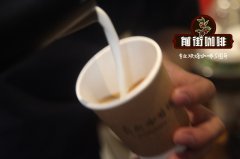
Introduction to Shuguang Manor in Costa Rica-description of the flavor of washed coffee beans in Shuguang Manor in the Central Valley
Professional coffee knowledge exchange more coffee bean information please follow the coffee workshop (Wechat official account cafe_style) Shuguang Manor in Costa Rica's Central Valley very hard beans [washing] Costa Rica Central Valley Do Amanhecer SHB Fully Washed Costa Rica,Central Valley Costa Rican coffee production is less than the world coffee production.
Related
- Detailed explanation of Jadeite planting Land in Panamanian Jadeite Manor introduction to the grading system of Jadeite competitive bidding, Red bid, Green bid and Rose Summer
- Story of Coffee planting in Brenka region of Costa Rica Stonehenge Manor anaerobic heavy honey treatment of flavor mouth
- What's on the barrel of Blue Mountain Coffee beans?
- Can American coffee also pull flowers? How to use hot American style to pull out a good-looking pattern?
- Can you make a cold extract with coffee beans? What is the right proportion for cold-extracted coffee formula?
- Indonesian PWN Gold Mandrine Coffee Origin Features Flavor How to Chong? Mandolin coffee is American.
- A brief introduction to the flavor characteristics of Brazilian yellow bourbon coffee beans
- What is the effect of different water quality on the flavor of cold-extracted coffee? What kind of water is best for brewing coffee?
- Why do you think of Rose Summer whenever you mention Panamanian coffee?
- Introduction to the characteristics of authentic blue mountain coffee bean producing areas? What is the CIB Coffee Authority in Jamaica?

